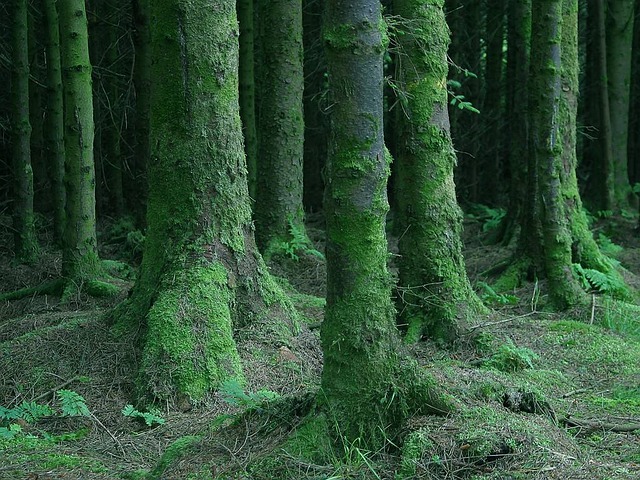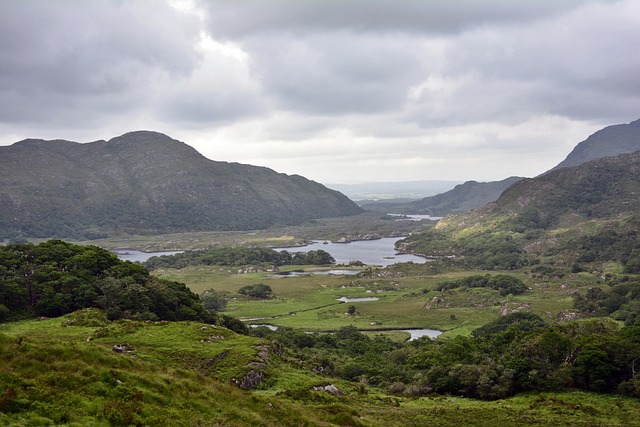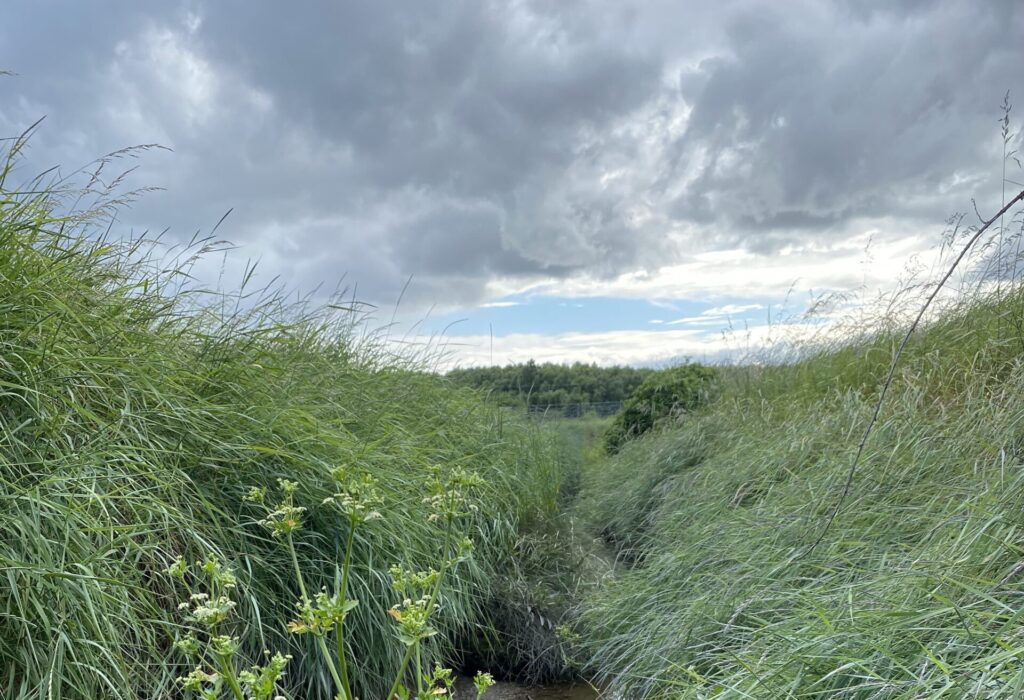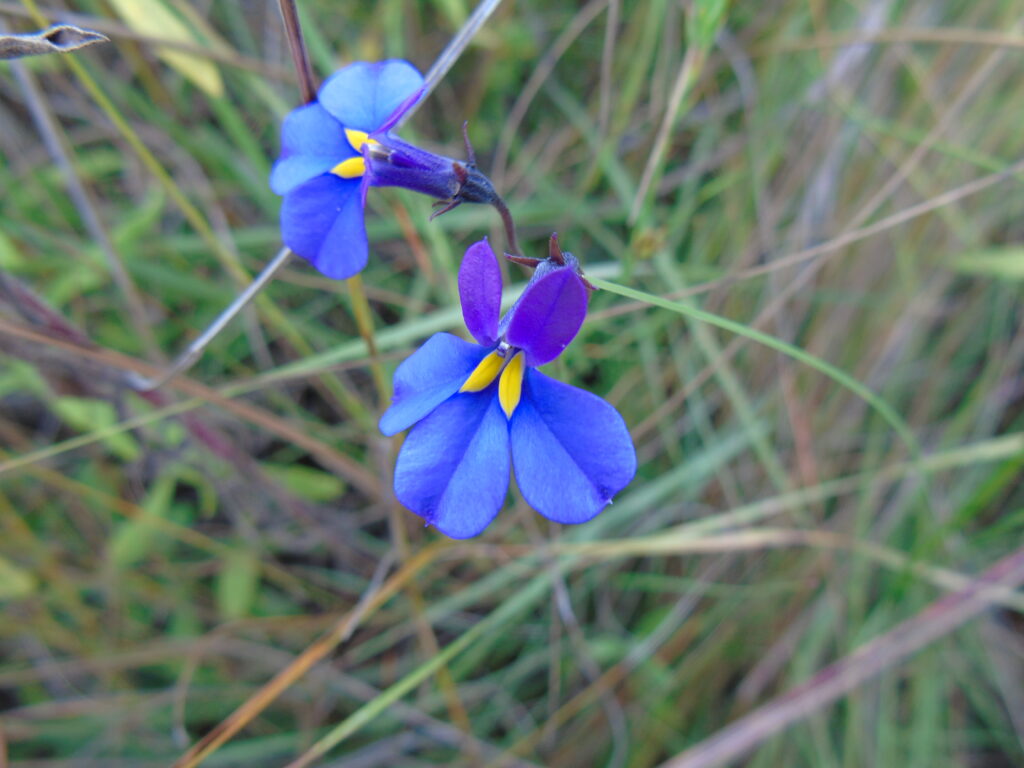Annex I Habitat Surveys in Ireland
Annex I habitats, as defined by the EU Habitats Directive, include a range of natural and semi-natural habitat types considered essential for biodiversity conservation in Europe. In Ireland, these habitats not only embody ecological richness but also represent our commitment to protecting Europe’s natural heritage. Many of these habitats which are found in Ireland are rare at a European level.
Understanding Annex I Habitat Surveys
Annex I Habitat Surveys are specialised assessments focusing on habitats listed under Annex I of the EU Habitats Directive. These surveys are crucial in Ireland for ensuring the protection and management of these valuable habitats. They play a key role in:
- Conservation of Priority Habitats: Identifying and assessing the condition of habitats that are rare, endangered, or endemic. Priority and/or Qualifying Interest (QI) Annex I habitats are of particular concern in this regard.
- Legal Compliance: Ensuring that development and land-use planning comply with EU and national conservation laws.
- Biodiversity Enhancement: Contributing to the protection of Ireland’s biodiversity through informed habitat management.
Focusing on habitats listed under Annex I of the EU Habitats Directive.

Our Approach to Annex I Habitat Surveys
FitzGerald Ecology’s approach to Annex I Habitat Surveys in Ireland is detailed and methodical, adhering to the highest standards of ecological assessment in Ireland:
Targeted Habitat Analysis
- Habitat Identification and Mapping: Conducting field studies to identify and map Annex I habitats, employing GIS technology for precision. EUNIS definitions are referred to, as are the Irish interpretations of these habitats and relevant indicator species lists as presented in the 2019 NPWS Article 17 reporting documentation, The Status of EU Protected Habitats and Species in Ireland.
- Condition Assessment: Evaluating the ecological condition and trends of these habitats, including flora composition and habitat structure. This usually involves the recording of detailed vegetation quadrats/relevés. These assessments usually fall under three main headings, extent, structure and function and future prospects. Various different guidance documents have been published by NPWS under the Irish Wildlife Manual series, which addresses individual habitats, or groups of related habitats. These are utilised in detail for the assessments.
Conservation and Management Planning
- Threats and Pressures Evaluation: Assessing potential threats to or pressures on these habitats, such as land-use changes, pollution, drainage, nutrient deposition/eutrophication or invasive species.
- Management Recommendations: Developing recommendations for habitat conservation, restoration, and sustainable management.
Reporting
- Comprehensive Reporting: Providing detailed reports that offer insights into the status of Annex I habitats and guidance for future conservation actions.
Importance of Annex I Habitat Surveys in Ireland
Ireland’s diverse landscapes host several Annex I habitats, making these surveys vital for:
- National Conservation Efforts: Playing a key role in Ireland’s efforts to preserve its unique and valuable habitats.
- Informing National and EU Reporting: Contributing to national and European reporting on the status and trends of these habitats.
- Guiding Environmental Stewardship: Assisting in stewarding these habitats responsibly for future generations.
Contact Us for Specialised Annex I Habitat Surveys:
Email: afitzgerald@fitzgeraldecology.ie
Phone: +353-86-1266-167







